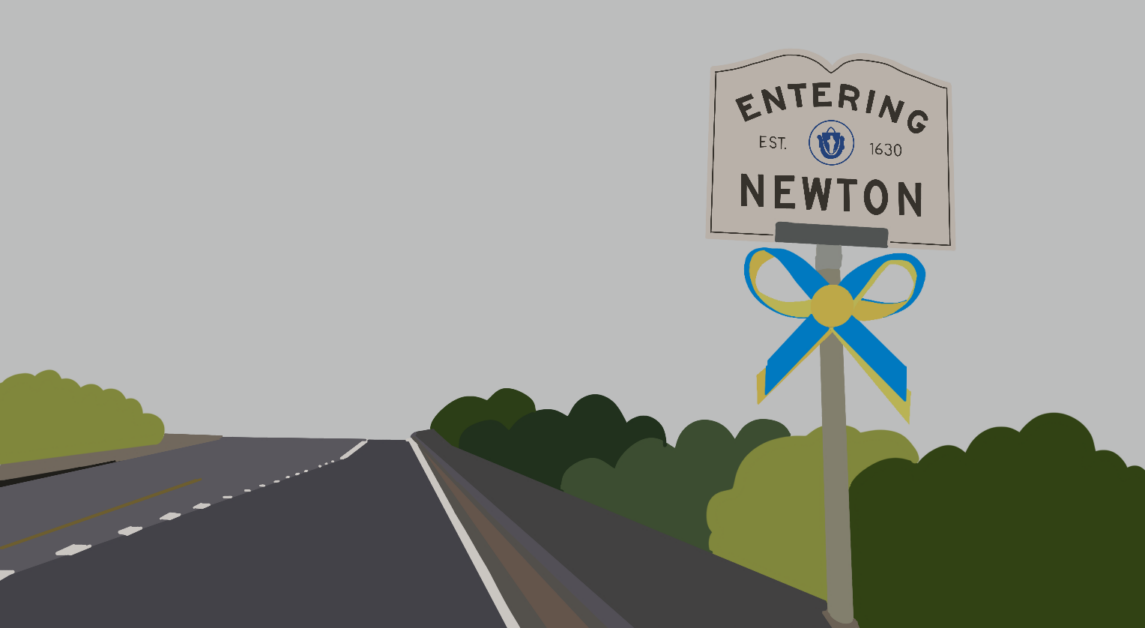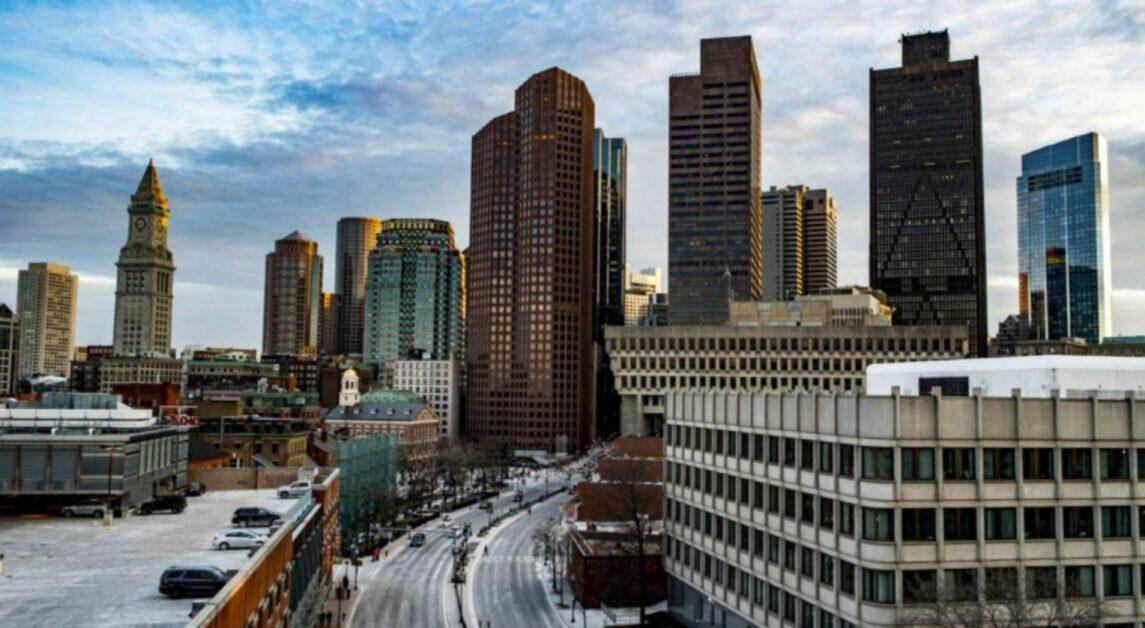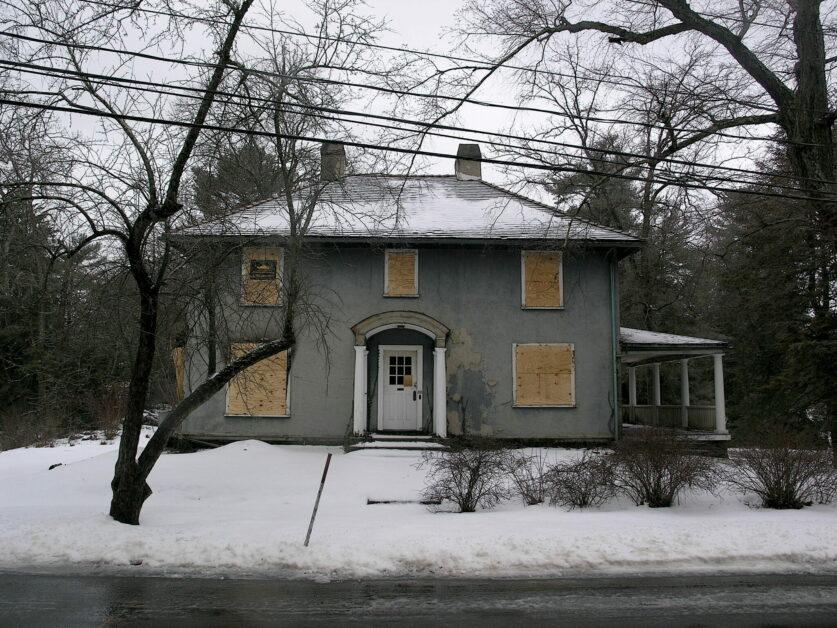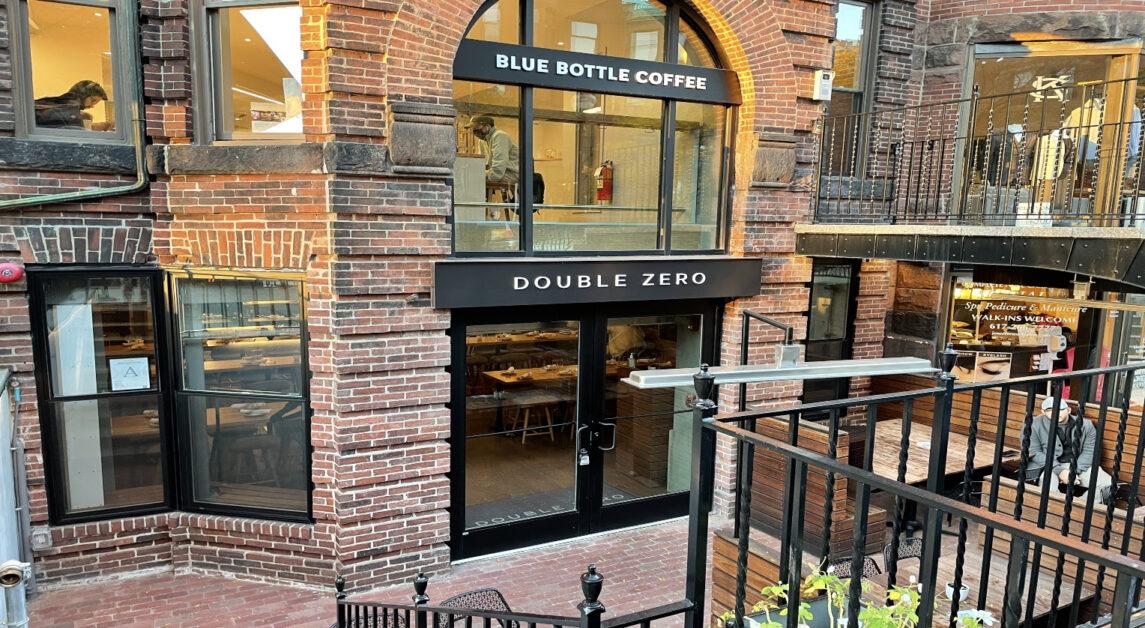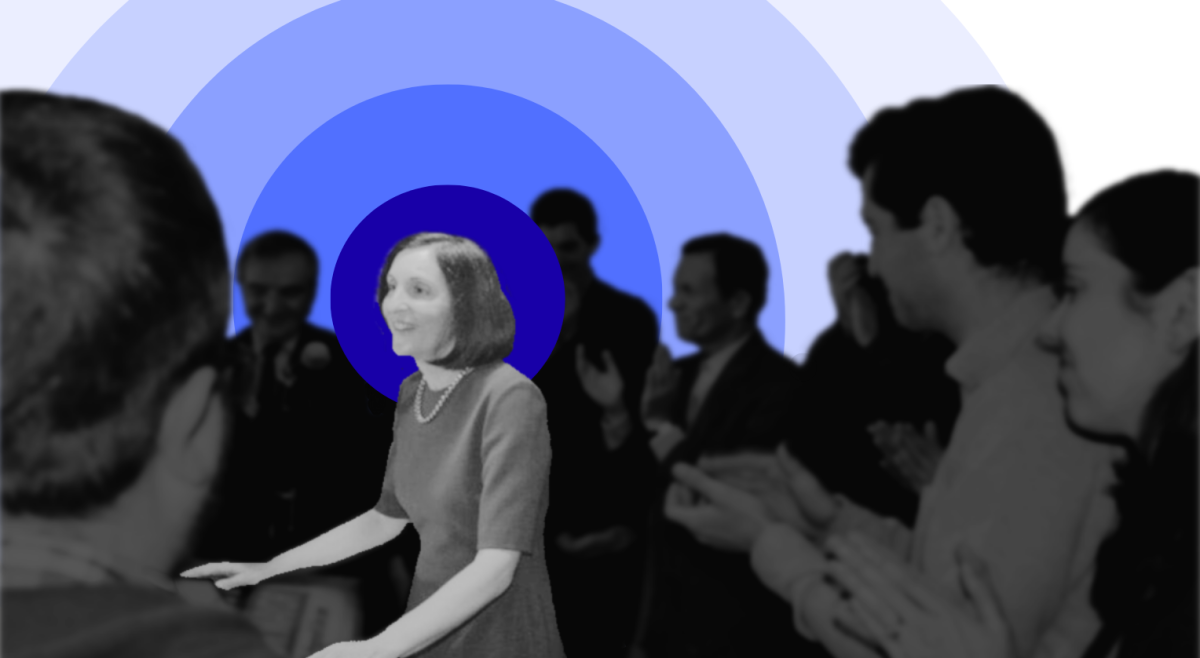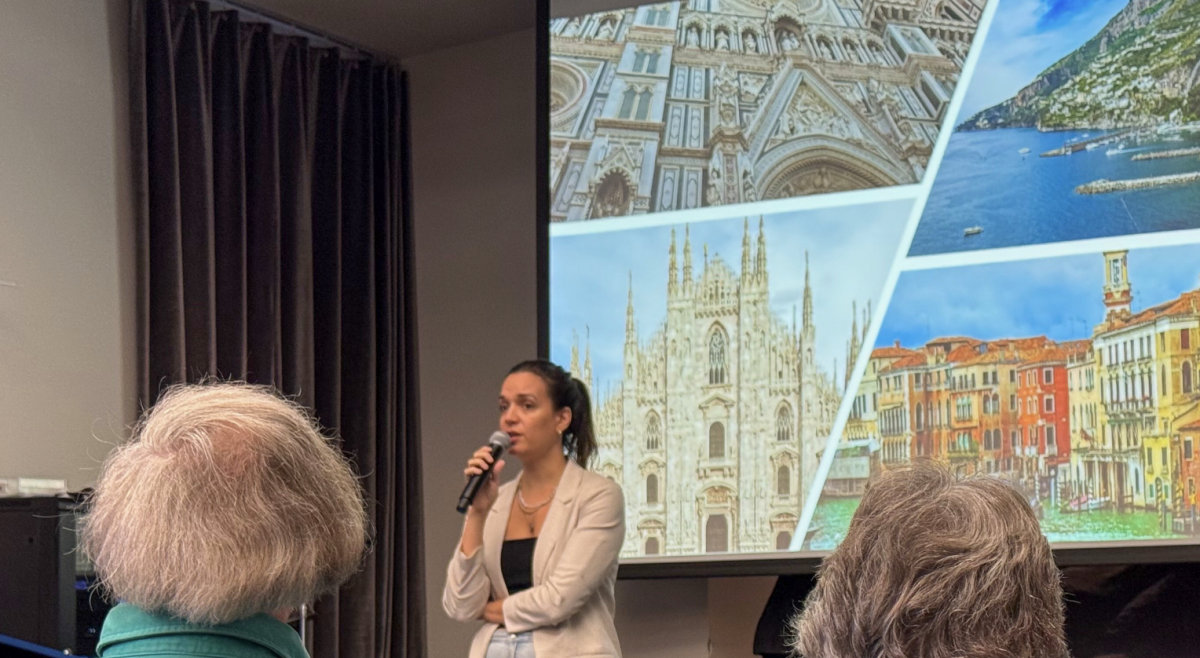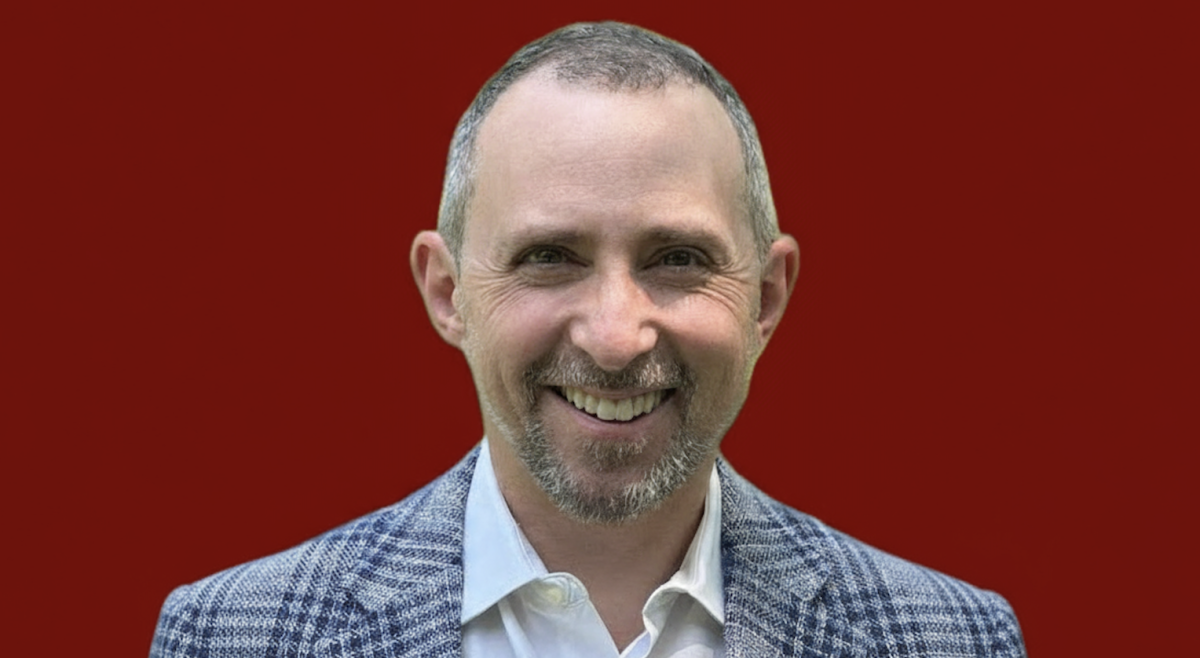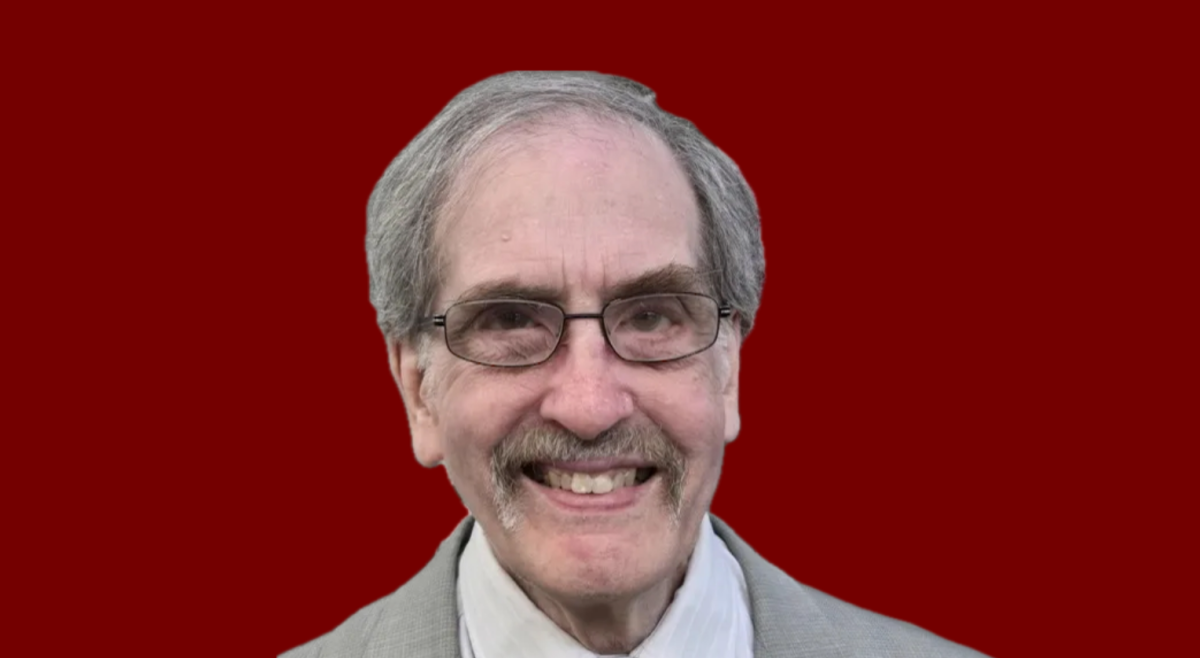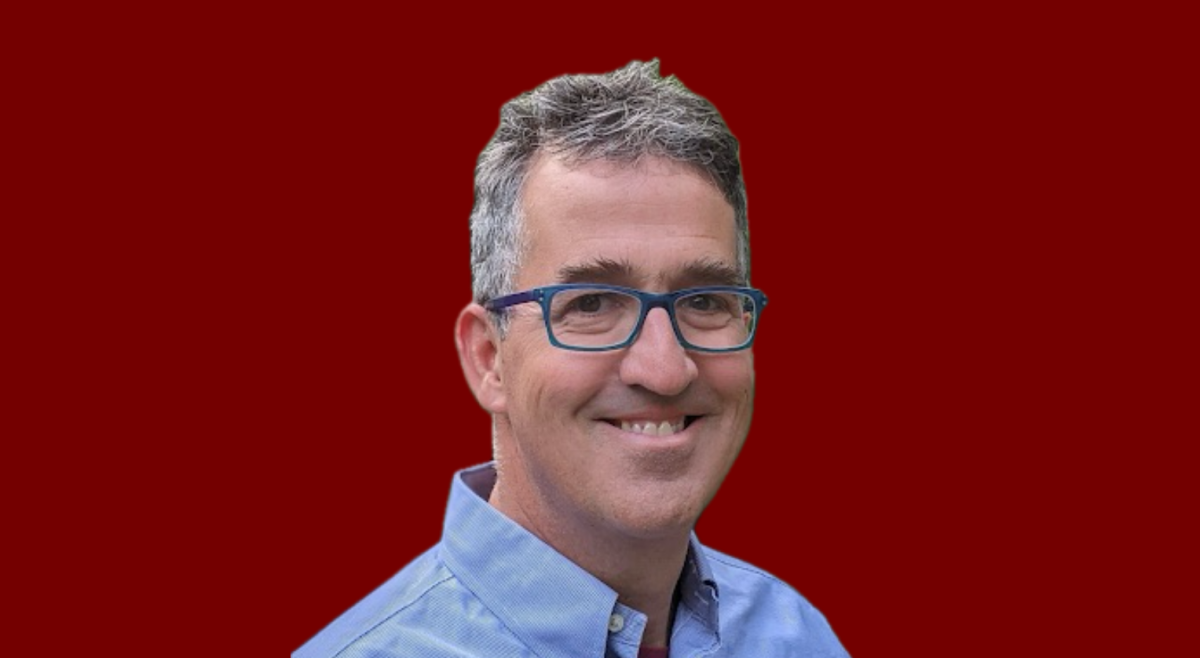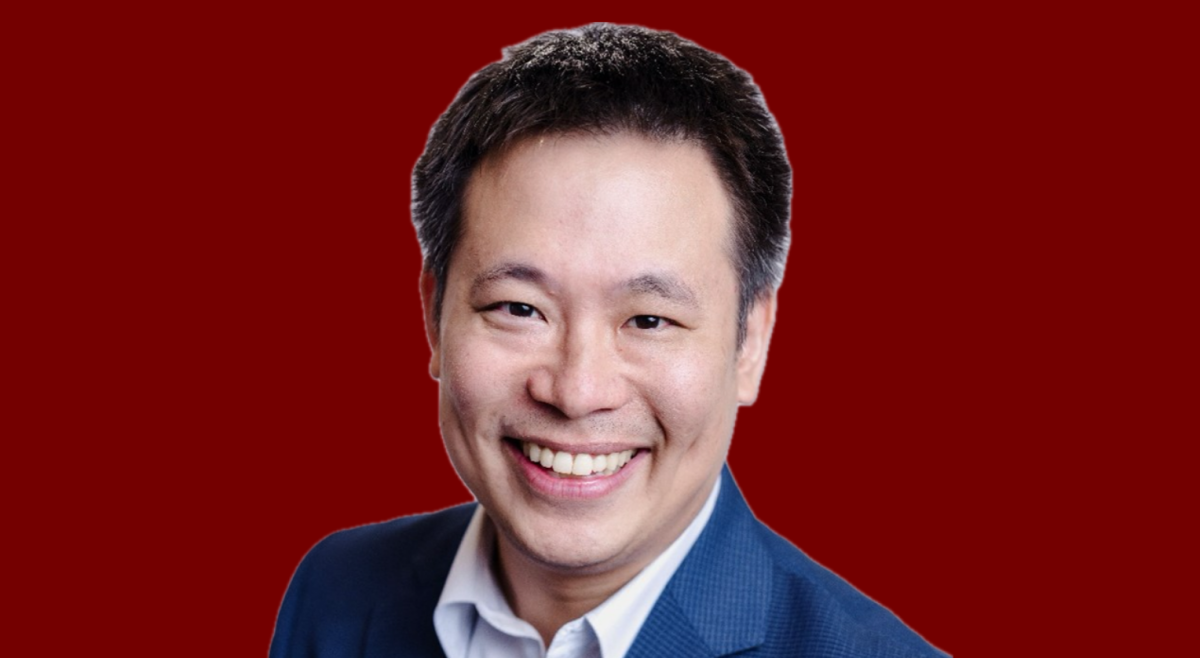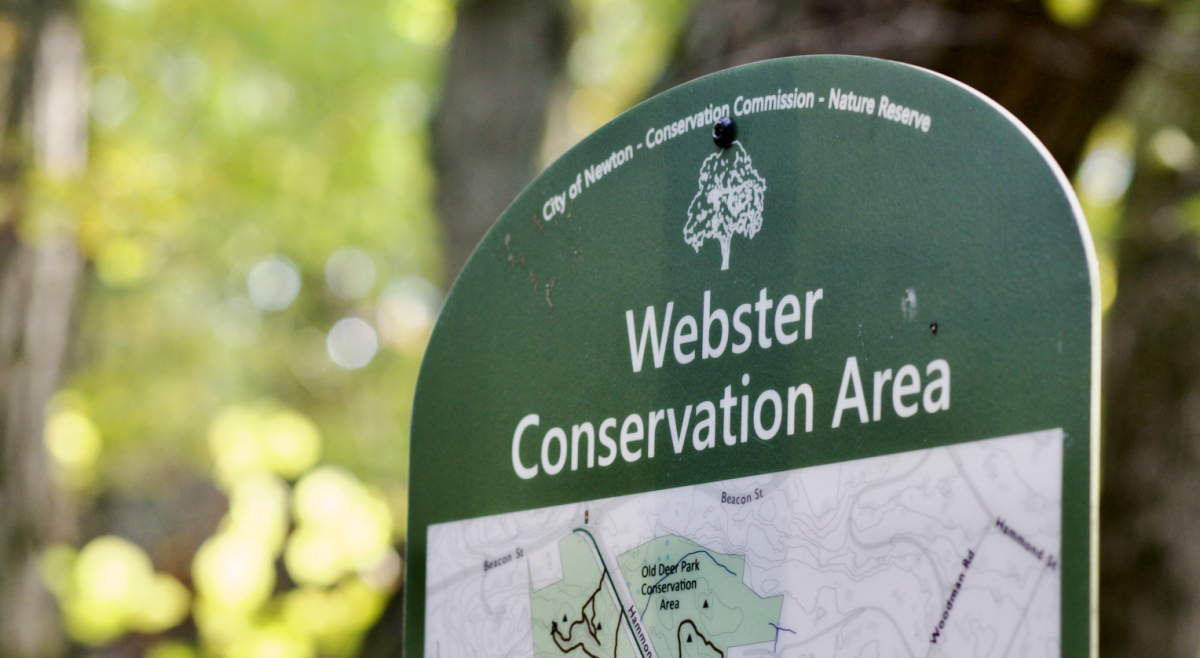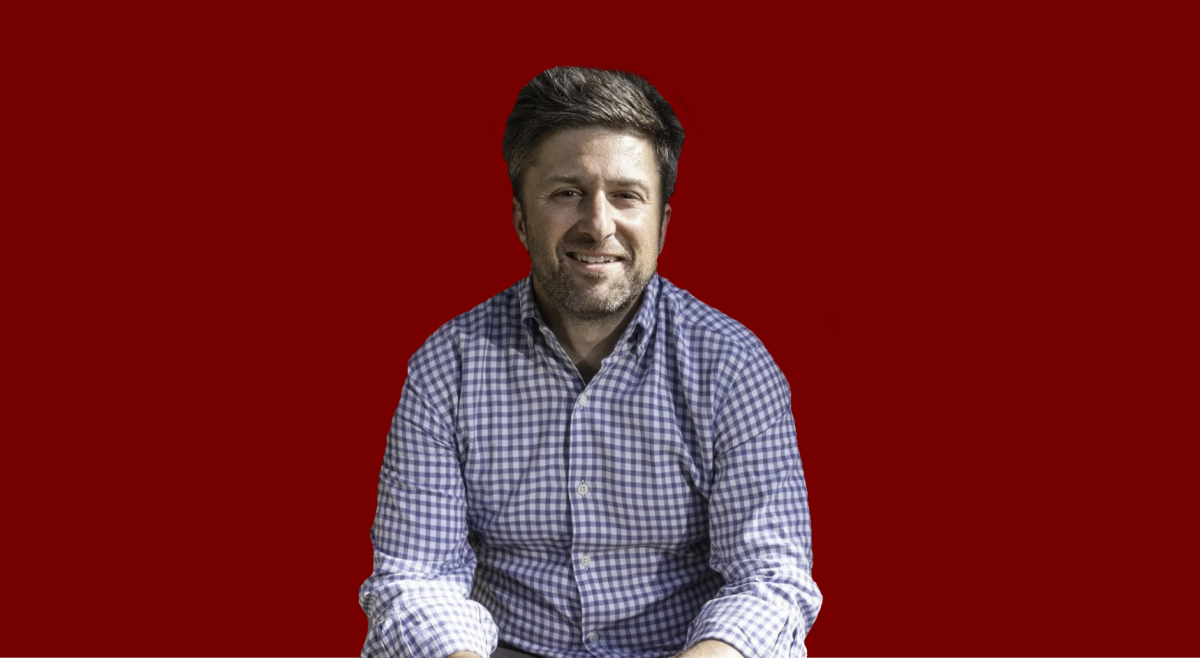The Rabb Lecture Hall of the Boston Public Library was packed on Saturday morning, where diverse members of the Boston arts community waited for a chance to speak at a microphone for a strict two minutes-their chance to indirectly tell Mayor Martin J. Walsh, WCAS ’09, their opinions on the future of the city’s arts and culture scene.
As part of a continued effort to successfully launch his new tenure, Walsh appointed an extensive transition team with several groups designed to focus on the city’s different concerns. Walsh appointed Gary Dunning, executive director of Celebrity Series of Boston, and Cuong Hoang, director of programs at Mott Philanthropic, to lead a working group dedicated to arts and culture.
Before inviting attendees to speak at the microphone at the public hearing on Saturday morning, Dunning outlined the purpose of the gathering, which he said was to meet Walsh’s goal of making Boston “a municipal arts leader” by examining three categories of policy-what policies the city already has that should be kept, what policies can be implemented in the near future with little action by the state legislature, and a last category that he called “dream,” which the Boston arts community wants for the future.
Walsh has said that he intends to include a Cabinet-level commissioner dedicated to arts and culture in his administration. It will become clear next week whether or not he holds up this promise, as The Boston Globe reported that details regarding his Cabinet may be released next week.
Arts education was emphasized at the public hearing. Several speakers implored the transition team to advise Walsh that the city’s commitment to arts education needs to be maintained.
Elementary music teacher Angela Mantie detailed the benefit of an artistic education in the lives of her students and called for the administration to maintain the work done by the Boston Public Schools Expansion Initiative, which was launched in 2009 to help bring the arts to the city’s students.
Others were concerned about the lack of real estate dedicated to the arts community, referencing much-needed rehearsal and studio space. Some blamed the Boston Redevelopment Authority (BRA) in part for their woes, arguing that the powerful agency makes decisions that are not in tune with the needs of the arts community.
While Walsh said that he would move to restructure the BRA, he later backtracked as mayor-elect, saying that he would take some time to reform the agency.
The Fort Point Arts Community Inc., for example, a non-profit dedicated to the promotion of the arts community in the Fort Point neighborhood, says on its official website that artists in the neighborhood struggle to find affordable housing because the BRA favors developers that reduce the amount of space available to their community.
Douglas Ruuska, a member of the Brickbottom Artists Association and outreach coordinator of Figment Boston, was critical of the amount of industrial space that went to high-end housing instead of the arts community.
Heidi Burbidge of Jamaica Plain asserted that real estate is the biggest issue facing Boston’s artists and that more members of the arts community should be “at the table” for neighborhood planning.
“I’m most interested in support for buildings with artist space like work-only studios and performance space, both of which have operating budgets that are difficult to break even, and affordable housing that allows artists to stay in Boston,” Burbidge later said in an SMS message. “I think leadership at the City’s office of planning and economic development that recognizes the importance of these types of uses in neighborhoods of Boston could help sustain the local assets of Boston’s arts and cultural community.”
In addition to critiques of the city’s allocation of real estate, those who spoke at Saturday’s public hearing felt that Boston’s permitting process was complex, unfair, and prevented them from effectively bringing their creativity to fruition. Mina Kim, the assistant director at The Fenway Alliance, called for a more “streamlined and equitable permitting process.”
She was echoed by Don Carlson of Jazz Boston, who was critical of the city’s entertainment licensing process. “What is the city afraid of?” Carlson asked.
He shared an extensive list of the licenses an establishment had already attained, only to reveal that the establishment still had to reapply in order to allow disc jokeying. “Please fix these absurd rules,” he said. “It’ll save money, too.”
Attendees at the public hearing had less technical concerns as well-many had ideas about how Boston could grow into a stronger cultural center. Several speakers looked to New York City as a model for how the city should work with its arts community.
Executive Director of JazzBoston Pauline Bilsky, for example, asked that the city move to rename some city streets after local jazz legends, as New York did with Miles Davis.
Similarly, Don Packer, who founded the film editorial house Engine Room Edit, said that Boston needed a film office similar to that already in New York. By promoting film in Boston, he argued, the city would attract tourism.
Others felt that Boston also needed to do more to support local music, arguing that the city is now importing its musical identity from out of state because there is insufficient space for underground bands to share their work.
Architect and sculptor Bill Turville felt that the city did not allocate enough “permanent space for temporary art.” He cited Charlesgate Park as one place that could benefit from the attention of the arts community.
Joyce Kulhawik, a renowned broadcaster in New England’s cultural landscape, was concerned primarily with Boston’s outreach effort.
She felt that the city needed to make a greater attempt to draw people into the city to appreciate the work of its artists, and she said that the city’s message should be clear: “Boston’s got it, come here.”

